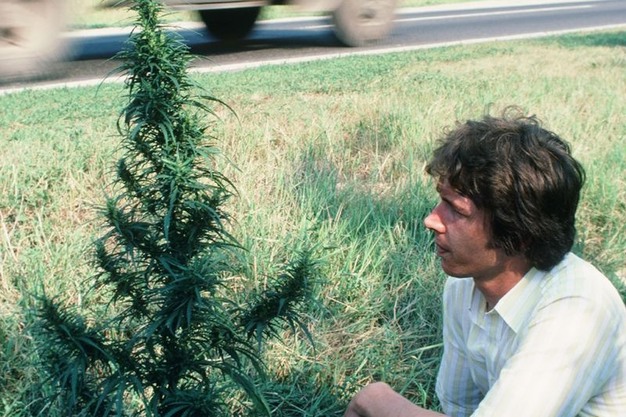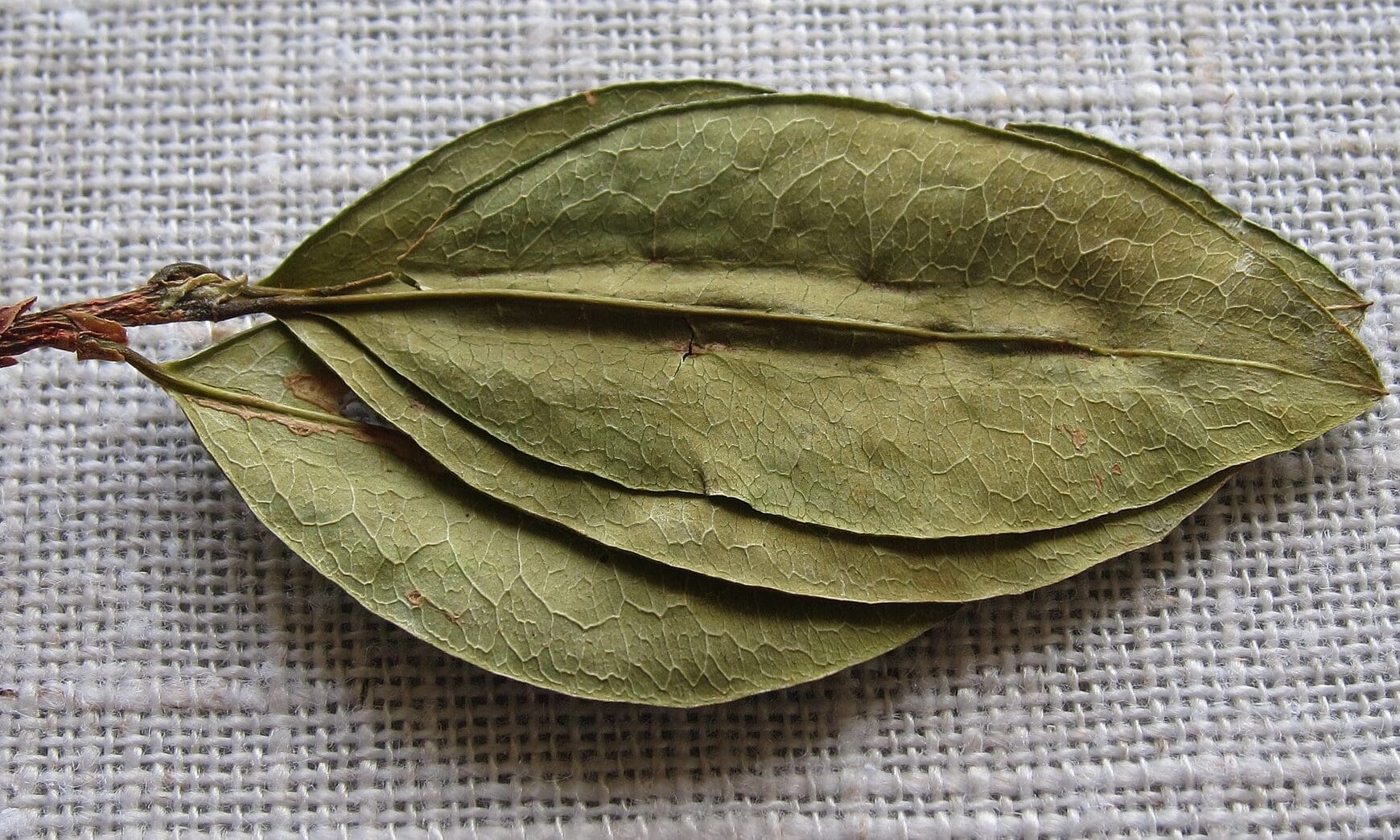“It is unacceptable for humanity to demonize a sacred medicinal plant. It was a political decision rather than a scientific one.”
By Mattha Busby, Filter
The The World Health Organization had a historic opportunity to ease the strict global ban on the coca leaf-ban, campaigners said, “racist and colonial” the roots. But the agency has decided not to.
WHO expert review he determined in September how millions of people in the Andes consume the coca leaf daily as part of a long-standing cultural practice without significant negative effects, and conversely that coca control strategies are associated with significant public health harm.
And yet, on December 2nd, the WHO’s Expert Committee on Drug Dependence (ECDD) recommended that the plant be kept in Annex I of the United Nations drug treaties—the most restrictive category of control—because coca leaves can be converted relatively easily into cocaine.
“The simplicity of extracting cocaine from cocaine and its high yield and profitability are well known,” ECDD wrote. “The Commission has also examined evidence of significant increases in the cultivation of cocaine and the production of cocaine-related substances in the context of significant and growing public health concerns about the use of cocaine. In this context, the Commission believes that the reduction or elimination of international controls on the coca leaf may pose a particularly serious risk to public health.”
The commission noted a 34 percent year-on-year increase in cocaine production in 2023, with some countries experiencing historically high levels. But supporters of reform emphasize that coke is not cocaine. They point out that the WHO review supports the plant’s medical potential and the lack of evidence of problematic coca leaf use anywhere in the world — two key criteria a drug must meet to be placed on a less restrictive schedule.
“It is unacceptable for humanity to demonize a sacred medicinal plant”, Jaison Perez Villafaña, guardian of wisdom or mother From the Arhuaco community in Colombia, he said The filter. “It was a political decision rather than a scientific one. Coca leaf (help) is not to blame for the fact that humans with economic interests turned it into cocaine”.
The ECDD said it recognized that “the coca leaf has important cultural and therapeutic value to indigenous peoples and other communities and that there are exceptions to the traditional use of the coca leaf in certain national settings.” A coalition of indigenous coca leaf producers and consumers he wrote The WHO in October asked the UN body to “clearly distinguish” between traditional coca use and cocaine-related issues.
Steve Rolles, senior policy analyst at the Transform Drug Policy Foundation, called the WHO’s suggestion that keeping coca on Schedule 1 would limit cocaine production “ridiculous”, saying the decision exposed the “moral and scientific failure” of drug control worldwide.
“While we might expect them to emerge from political institutions embedded in drug war narratives, there was a sense that the more objective, scientific and nominally independent corners of the UN would maintain a level of pragmatism and principle, even if their recommendations were later rejected by UN political entities.” he wrote It’s LinkedIn.
“The dangers of cocaine powder or smoked crack cocaine, creations of the global North, which is also by far the largest market for both, depend on the traditional use of coca, chewed or in tea, which only occurs in the South,” added Rolles. “It is the global South where the burden of the failed war on cocaine and the criminalization of entire cultures is felt most acutely.”
In 2020, following a WHO recommendation, the United Nations Commission on Narcotic Drugs voted to ease international controls on cannabis, recognizing its medical value after decades of “referral madness”. For reform advocates, the decision represented a slow and delayed shift to evidence-based programming. That is why there was hope that the UN system could also separate the coca leaf — which contains less than 1 percent of the alkaloid cocaine — from the refined powder that feeds global demand.
However, coca will continue to be treated as if it has the same risk profile as cocaine, after a WHO review confirmed that coca chewing has not caused any documented deaths, is not associated with high addiction or “abuse” potential, and has possible therapeutic applications, from anti-inflammatory effects to modest improvements in post-meal glucose.
“The WHO decision is deeply disappointing and disturbing,” Ann Fordham, executive director of the International Council on Drug Policy, said in a press release. “This was no ordinary study, it was a critical test of the UN drug control system. The Commission has demonstrated that it cannot objectively assess the evidence or consider the human rights implications of prohibition. Instead, it has chosen to reinforce the racist and colonial foundations of international drug control. This decision makes it clear that the system is broken and resistant to meaningful reform.”
Experts have long argued that the logic behind the coca ban is selective and ignores existing treaty precedent. Plants such as ephedra used to manufacture methamphetamine, psilocybin-containing mushrooms, and cacti that produce mescaline remain unscheduled at the plant level, although they are used to produce controlled substances.
While open persecution of coca chewers has eased in the Andes, the ban still shapes daily life in parts of the region, from farmers losing crops to stopping aerial fumigation campaigns, eradication forces and communities caught between the networks that dominate the cocaine trade. In a September study, an independent group of experts hired by the WHO said that studies that showed exposure to harmful glyphosate-based pesticides such as Roundup, a probable carcinogen, by aerial spraying of coca crops by authorities “increased the number of abortions and increased the number of medical consultations related to dermatological and respiratory diseases in communities”.
The review added that another study showed that forced coca eradication encouraged coca growers to increase production through the use of toxic agrochemicals “on more or subsequent coca plots, increasing exposure to these chemicals.”
Villafaña and other indigenous leaders have warned that these pressures are cultural violence. Coca is central to Andean communities’ spiritual practice, conflict resolution, work, ceremony, and community health; however, using it outside of the narrow “traditional” exemptions puts people at risk of criminal penalties.
“It would be useful for us as a culture,” said Villafaña, “if the world recognized it as a sacred plant and did not demonize it.” But, he added, the decision would not otherwise affect his community, as its members will continue to chew coca as they have always done.
This the article Originally published by the author the filteran online magazine that deals with drug use, drug policy and human rights from a harm reduction perspective. Keep the filter on Bluesky, X or Facebookand sign up for their newsletter.


 Cannabis News4 months ago
Cannabis News4 months ago
 Florida4 months ago
Florida4 months ago
 Canadian Cannabis News4 months ago
Canadian Cannabis News4 months ago
 Best Practices4 months ago
Best Practices4 months ago
 Video4 months ago
Video4 months ago
 Video4 months ago
Video4 months ago
 Cannabis News4 months ago
Cannabis News4 months ago
 Cannabis News4 months ago
Cannabis News4 months ago






















